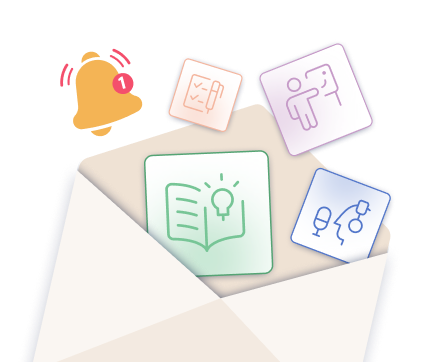What is Learning Analytics?
Learning analytics is a powerful tool in the field of education, particularly healthcare education in Australia. It involves the systematic collection, analysis, and interpretation of data related to learning and educational activities. The primary goal is to gain valuable insights into student performance, engagement, and the overall effectiveness of educational modules.
Within the context of Australian healthcare education, learning analytics plays a crucial role in optimising learning management systems and enhancing the delivery of educational content to healthcare professionals in aged care, public and private hospitals, and disability care sectors.
Step-by-Step Guide to Data Collection for Learning Analytics

1. Define Clear Learning Objectives
The first step in effective data collection for learning analytics is to define clear and specific learning objectives. Determine precisely what insights you aim to gain from the data. Are you looking to measure the effectiveness of a particular educational module, track student progress, or assess the impact of healthcare policies and procedures training?
2. Identify Relevant Data Sources
Choose data sources that align with your defined learning objectives. In the Australian healthcare education landscape, this may include integrating data from your learning management system, student assessments, surveys, and even healthcare system data like NDIS and Medicare statistics.
3. Select Appropriate Data Collection Tools
Utilise data collection tools and software that are compatible with your learning management system. These tools should facilitate seamless data gathering, including tracking student interactions with educational content, monitoring time spent on modules, and aggregating assessment scores.
4. Ensure Data Privacy and Compliance
Data privacy and compliance are paramount, especially in healthcare education. Ensure strict adherence to Australian data protection regulations, including guidelines set by the Australian Commission on Safety and Quality in Health. Implement robust data security measures to safeguard sensitive information.
5. Continuously Monitor and Analyse Data
Regularly monitor and analyse the collected data to spot trends and patterns. Visualisation tools can help in presenting data effectively in tables and charts, making it easier to derive actionable insights.
6. Act on Insights for Continuous Improvement
Use the insights gained from data analysis to drive continuous improvement in your educational modules. Take action by adjusting course content, enhancing the user experience, and addressing specific learning needs within the healthcare sector.
Considerations for Collecting Learning Analytics Data
Data Relevance
Ensure that the collected data aligns with your learning objectives. Irrelevant data can lead to confusion and misinterpretation, making it essential to have a clear data collection strategy.
Data Quality
Prioritise data quality over quantity. Inaccurate or incomplete data can lead to erroneous conclusions. Implement data validation processes to maintain data integrity.
Data Privacy and Security
Comply with data privacy regulations and take stringent measures to protect sensitive information. In the healthcare sector, this is especially critical due to the confidential nature of patient-related data.
Alignment with Healthcare Standards
Ensure that the data collected aligns with the standards and regulations of the Australian healthcare system, including NDIS, Medicare, and the Aged Care Quality and Safety Commission.
Additional Resources
Need a system to support meeting compliance requirements in aged care?
Contact Ausmed today and see how we can support your aged care organisation today!
Conclusion
By following this step-by-step guide and considering these crucial aspects of collecting learning analytics data, healthcare education providers can harness the full potential of data-driven insights to create engaging, human-centric, and highly factual educational modules. This not only benefits healthcare professionals but also contributes to the improvement of the Australian healthcare system as a whole.
References
- Banihashem, S. K., Aliabadi, K., Pourroostaei Ardakani, S., Delaver, A., Nili Ahmadabadi, M. (2018). 'Learning Analytics: A Systematic Literature Review', Interdisciplinary Journal of Virtual Learning in Medical Sciences, 9(2), pp. -. doi: 10.5812/ijvlms.63024



